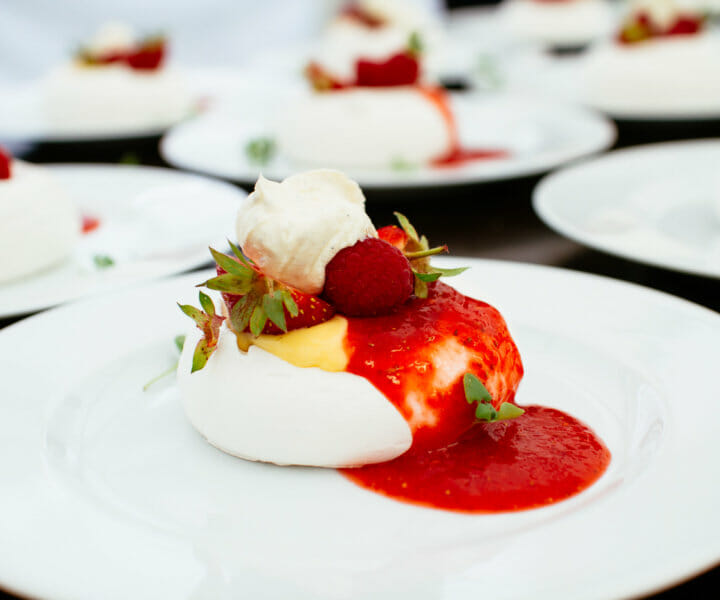The cheese universe is the ultimate gastronomic playground. Thousands of cheesemakers around the world right this minute are adding rennet, cutting, pressing, ripening, plugging, rolling, washing and brining every kind of cheese imaginable. It’s all out there for our dining pleasure but like many pure foods now there is an increasing emphasis on exploring whether any of the byproducts of production can be put to good use.
We’ll be using whey, a major byproduct of cheese making, at our pop-up with Shepherd’s Purse cheese in Leeds at the end of June. Tickets available here: http://chateaumarmot.co.uk/single-estate-leeds-29-30-june-sale-now/
Whey is produced when milk is curdled after the addition of an acid or rennet. This causes the separation of the solid curds from the liquid whey which is usually drained off in commercial production or drips out through a muslin cloth if you’re a home cheesemaker. Why do we care about this stuff? Whey is packed with highly nutritious elements like various proteins, the antioxidant cysteine, a ton of calcium and gut friendly bacteria. There’s a lot you can do with it to bring new flavours to your cooking and increase the nutritional power of your food.
Here’s a great list of ways with whey from the brilliant Paula Rhodes of http://www.salad-in-a-jar.com/
- Substitute for other liquids when baking — gives breads and pancakes a nice sourdough-ish taste.
- Keep feta cheese fresh by submerging it in whey like they often do in Greek delis.
- Makes great sauerkraut, fermented bean dip, beets, etc and the whey helps the fermentation along with some salt.
- Use whey for boiling noodles or cooking rice.
- Feed it to outdoor plants, tomatoes particularly need and benefit from the extra calcium.
- Mix it half and half with iced tea — sort of an “Arnold Palmer without the lemon-aid.”
- Grab some whey any time a recipe calls for chicken broth, or even as a replacement for wine in some cases. (I’m not recommending this one for all soup. I tried it with potato soup. BLECH! We had egg sandwiches for dinner that night.)
- Use it to thin out a batch of homemade hummus or pesto.
- Use it to cook quinoa.
- Boil your oatmeal in whey. Top with dried Montmorency cherries reconstituted in (you guessed it!) whey.
- You can use it as the liquid in pizza dough, and it adds a wonderful flavor to the crust.
- You can use some of the whey to make lacto-fermented pickles. The cookbook Nourishing Traditions explains how to use whey along with a brine.
- Some have mentioned using it in skin care products. Sorry, I have no idea how to do that!!
- Someone suggested thinking of whey as clear buttermilk. This idea resonated with me so I started envisioning how I could substitute whey for buttermilk. I marinated chicken breasts in whey, drained and then rolled them in seasoned flour for fabulous fried chicken.
- Based on the principle in #17, I made the flakiest, lightest and most tender biscuits to ever come out of my kitchen last week. Very soon, I’ll share the recipe for the biscuits you see here and a variation for Flaky Cinnamon Biscuits substituting whey for buttermilk so be sure to save the whey from your next batch of yogurt. (Update: To see this recipe, click here.)
Here’s that ticket link again: http://chateaumarmot.co.uk/single-estate-leeds-29-30-june-sale-now/
Can’t wait to share the cheese love with you!








